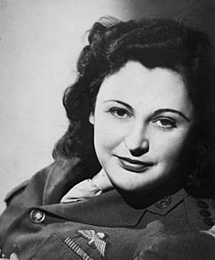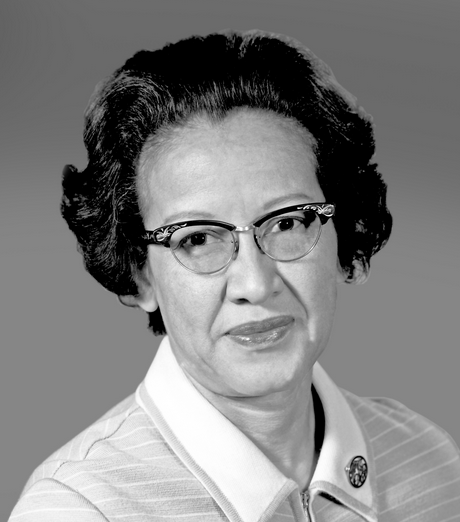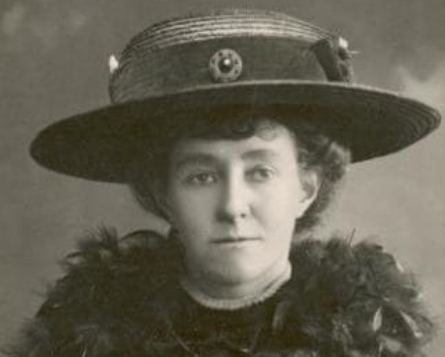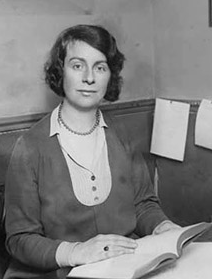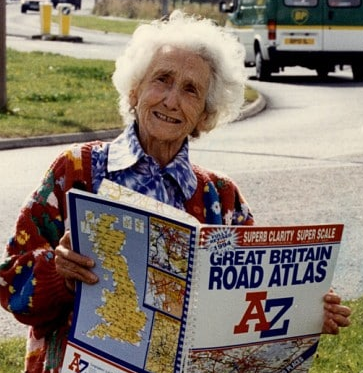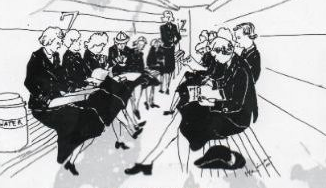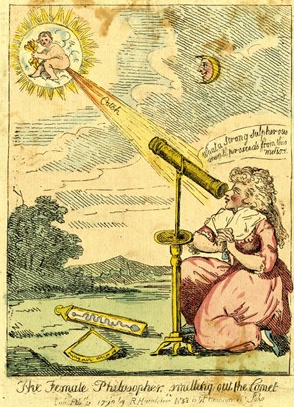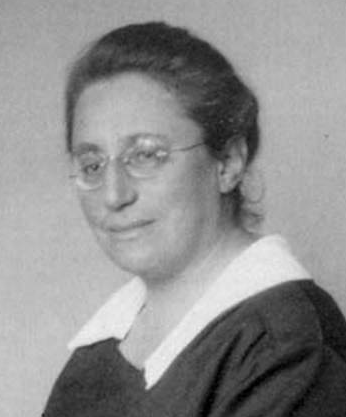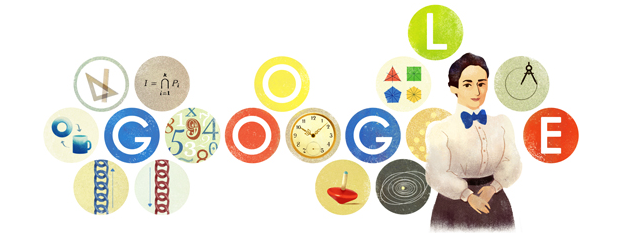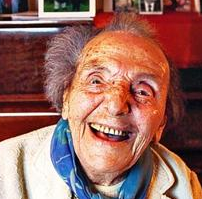
A common theme of my Herstory blog posts is women doing things that ‘nice girls’ were not meant to do, and today’s post is no exception. Bessie Stringfield, the first black woman to ride solo across America on a motorcycle, crossed the Southern states at a time when independent women and blacks were not welcome, breaking barriers, being fearless and paving the way for all female riders.
Stories of Bessie’s early life are confused as there are so many versions; she was a master storyteller and didn’t let truth get in the way of a good tale. It seems likely that she was born in 1911 in North Carolina to a black Jamaican father and a white Dutch mother. A stubborn tomboy, Bessie made up her mind that she wanted a motorbike at the age of 16 and her adoptive mother bought her a 1928 Indian Scout, even though Bessie had no idea how to ride it. Soon she switched to the first of 27 Harley Davidsons she owned during her lifetime.
In the 1930s and 1940s, Bessie took eight long-distance, solo rides across the United States, including the Deep South. She planned her routes by tossing a coin and going to wherever it landed. When later asked if she would repeat the toss if the penny landed in land where the Ku Klux Klan were known to be active, she replied, “A penny makes a wide circle on a map. I could ride anywhere I wanted inside the circle or around the edges if I had to.” Life on the road wasn’t easy. Many roads weren’t paved and she broke down often. Sometimes she was chased off the road and was deliberately knocked down by a white male in a pickup truck while traveling in the South. Accommodation was a problem; many motels wouldn’t allow black women. She often slept on her bike, using her rolled-up jacket as a pillow across the handlebars, while resting her feet on the rear. But she also encountered kindness. Black families were curious and friendly, often offering her a room for the night. Some white gas station owners were so impressed with Bessie that they filled her tanks for free. She was the first black woman known to have travelled by motorcycle to all 48 states in the continental US. During this time, she made money by performing stunts on the Wall of Death at carnivals. She also entered races as a man. After she won, she revealed she was a woman and was disqualified.
During World War II, she became a dispatch rider, carrying documents between domestic army bases, the only woman in a small unit in the segregated army. She completed the rigorous training and rode her own Harley-Davidson. After the war, she became a licenced practical nurse and founded the Iron Horse Motorcycle Club in Miami, where she was known by locals as the Motorcycle Queen of Miami. The local police refused her a licence at first, until she demanded a meeting with the chief of police and showed off her skills.
Bessie was a private person but is known to have married and divorced six times, all to men more than 20 years her junior. When interviewed at age 75 she said, “I wouldn’t have a man over 35, even now.“ After losing three babies with her first husband, Bessie’s heartbreak prevented from trying again to have children. In later life, Bessie suffered from an enlarged heart but defied doctors’ orders to give up riding until shortly before her death in 1993 at the age of 82. When reflecting on her life, she said: “I spent most of my life alone, lookin’ for a family. I found my family in motorcycling.”

